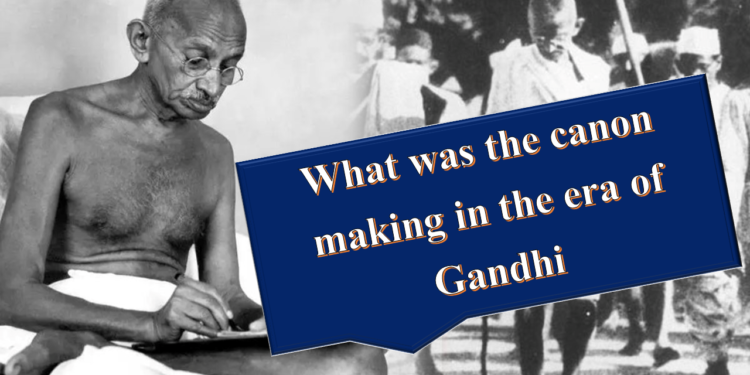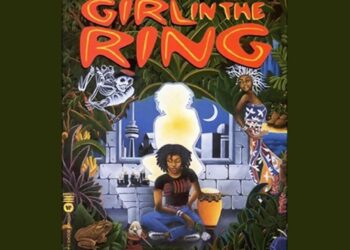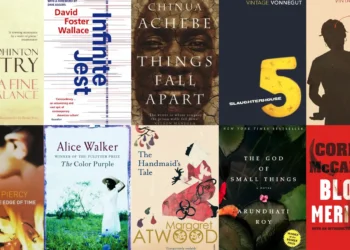FAQ:
1. What characterized the Gandhian era in India?
The Gandhian era in India, spanning the early 20th century, was characterized by a fervent pursuit of independence from British colonial rule. Mahatma Gandhi’s leadership, non-violent resistance, and emphasis on socio-economic upliftment defined this transformative period.
2. Who were key literary figures during the Gandhian era?
Prominent literary figures during the Gandhian era included Rabindranath Tagore, Munshi Premchand, Sarojini Naidu, Bankim Chandra Chattopadhyay, and Kazi Nazrul Islam. These writers contributed significantly to shaping the literary landscape with works infused with nationalist and Gandhian ideals.
3. How did Gandhian ideals influence literature during this era?
Gandhian ideals, including non-violence, self-reliance, and social justice, deeply influenced literature during the Gandhian era. Writers aligned their works with these principles, contributing to a literary canon that reflected the spirit of the independence movement.
















